Hello science addicts, I bring you a small post about a museum that I visited and that I thought was interesting to bring to the community because we can learn a lot about the history of watches, I discovered this small space in the city of Serpa that belongs to a collector private which throughout his life collected watches of all kinds, in the museum we can see a clock from the medieval era, being the best preserved and most expensive in the collection, even the oldest, a sundial! Did we know that previously you could use a candle to measure time?🧠🌏📚
Hola adictos a la ciencia, les traigo un pequeño post a un museo que visite y que me parecio interesante traerlo a la comunidad porque podremos aprender mucho sobre la historia de los relojes, descubri este pequeño espacio en la ciudad de Serpa que pertenece a un coleccionador privado el cual toda su vida coleccion relojes de todo tipo, en el museo podremos ver un reloj de la epoca medieval siendo el mejor preservado y mas costoso de la coleccion hasta el mas antiguo un reloj de sol! sabiamos que anteriormente se podia usar una vela para medir el tiempo? 👨💻📚🪔🕯⌚⏰⏱

History of the Museum🙇♂️⌚⏰⏱/ Historia del Museo📚🧠



To visit the clock museum you must keep in mind that entry is not free, it costs five euros and to find it in Portugal you must travel to the city of Serpa in the south of Portugal in the Alentejo region, just over 150km from Lisbon. so I recommend you go only if you plan to stay in the south of the country, the museum is a private collection of a Portuguese who has more than 1800 watches in his possession, António Tavares d'Almeida is the character who gave life to the museum after it He inherited three watches from his grandparents, apparently he was enchanted by the hobby and spent until the end of his days collecting watches from all over the world and from all periods!📚🕵️♀️⏱
Para visitar el museo del reloj debes tener en cuanta que la entrada no es gratis tiene un costo de cinco euros y para encontrarlo en Portugal debes viajar a la ciudad de Serpa al sur de Portugal en la region de alentejo, poco mas de 150km desde Lisboa por lo que te recomiendo ir unicamente si tienes pensado hospedarte al sur de pais, el museo es una coleccion privada de un Portugues que tiene en su posesion mas de 1800 relojes, António Tavares d ’Almeida es el personaje quien dio vida al museo luego que hereda tres relojes de sus abuelos, al parecer quedo encantado con el hobbie y paso hasta el fin de sus dias coleccionando relojes de todas las partes del mundo y de todas las epocas!🕯⌚👨🏫
https://es.wikipedia.org/wiki/Museo_del_Reloj_(Serpa)

Society and watches🙇♂️⌚⏰⏱/ La sociedad y los relojes📚🧠

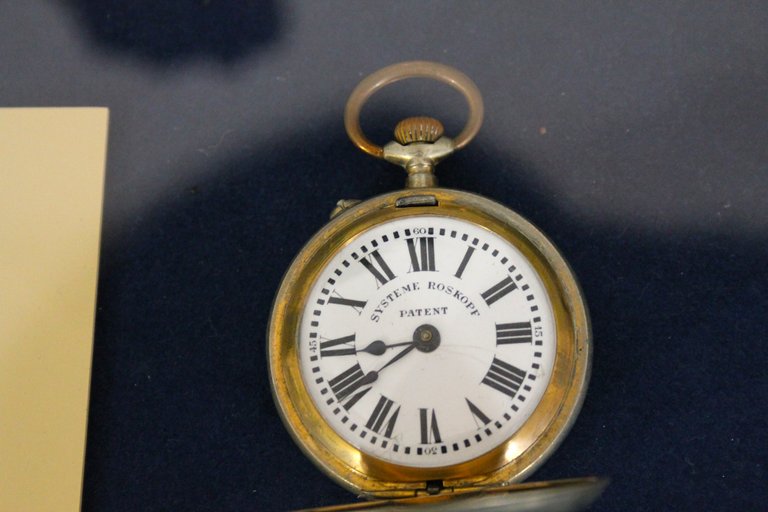
Human beings do not always need clocks to measure time. Since the beginning of humanity, man has used the "environmental" conditions, the sun and the stars, to calculate time, for example with the rotation of the sun in the sky. You could estimate hours but when clocks were invented you could already calculate more exact fractions of time! Although you didn't know it, when the clock strikes noon this indicates that the sun is at its highest point, and thus we see that the beginning of the position on the earth with respect to the sun today is the main element that makes up an hour. Exactly!🍍🕵️♀️🌏🧭
No siempre el ser humano necesito de los relojes para medir el tiempo, desde el inicio de la humanidad el hombre se valio de las condiciones "ambientales" el sol y las estrellas para calcular el tiempo, por ejemplo con la rotacion del sol en el cielo se podia estimar las horas pero cuando se inventan los relojes ya se podia calcular fracciones de tiempo mas exactas! aunque no lo sabias cuando el reloj marca el medio dia esto indica que el sol esta en su punto mas alto, y asi vemos que el principio del la posicion en la tierra con respecto al sol hoy en dia es el elemento principal que integra una hora exacta!📚🚩👨🏫
https://tienda.montepiedad.com.mx/blogs/blog/historia-del-reloj

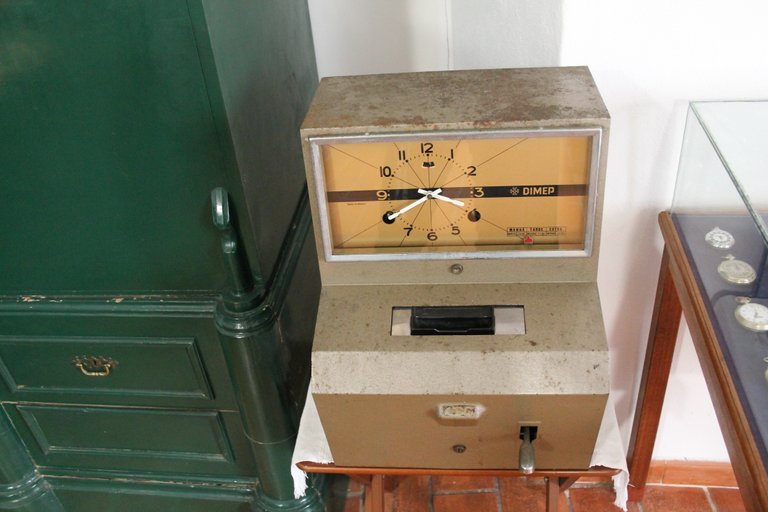

4000 years ago🚩📚🙇♂️
The Egyptians were known for being a very advanced civilization for their time and they would be the pioneers in the world of watches since they would be the first to invent one capable of measuring fractions of an hour using the sun, which is why they were baptized as "sundials." ", but the human imagination would not reach there, then new clocks were created using water and sand.👀🧭
Los egipcios fueron conocidos por ser una civilizacion muy avanzada para su epoca y serian los pioneros en el mundo de los reloj ya que serian los primeros en inventar uno capas de medir fracciones de hora utilizando el sol, por eso fueron bautizados como "relojes de sol", pero la imaginacion del ser humano no llegaria alli, luego se crearon nuevos relojes usando el agua y la arena.🙇♂️🧠⏱
https://tienda.montepiedad.com.mx/blogs/blog/historia-del-reloj

Evolution of watches🙇♂️⌚⏰⏱/ Evolucion de los relojes📚🧠

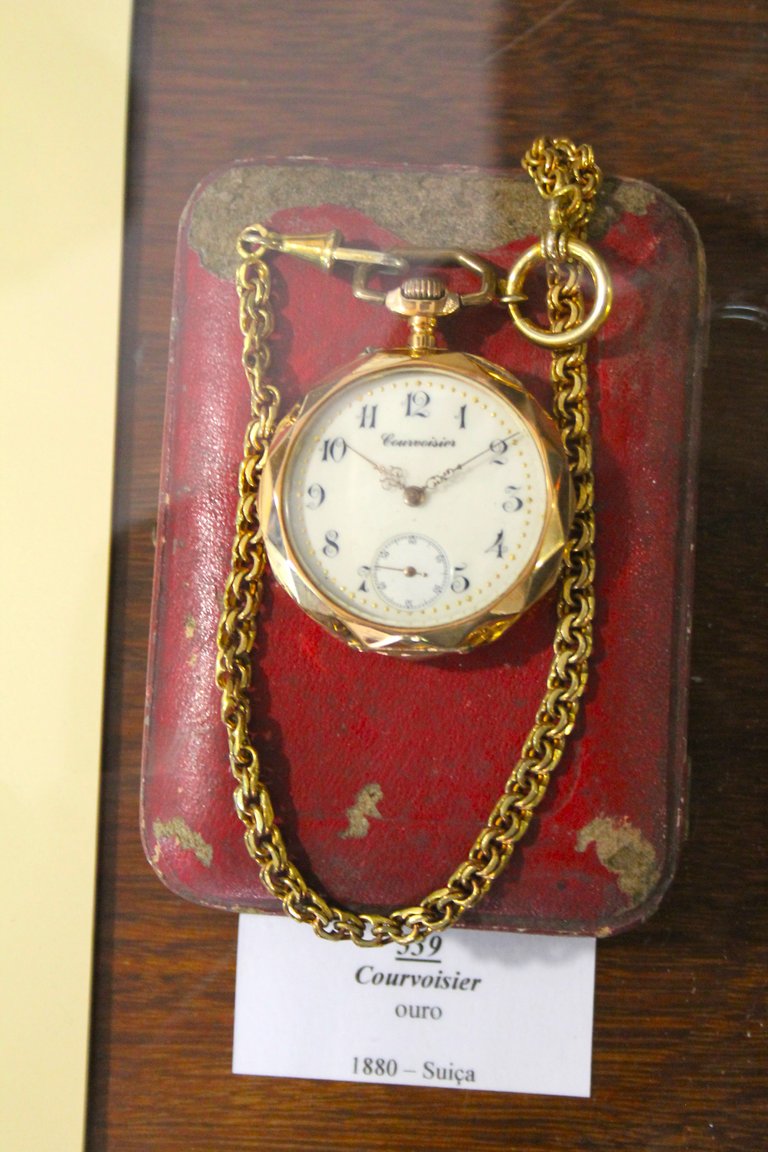
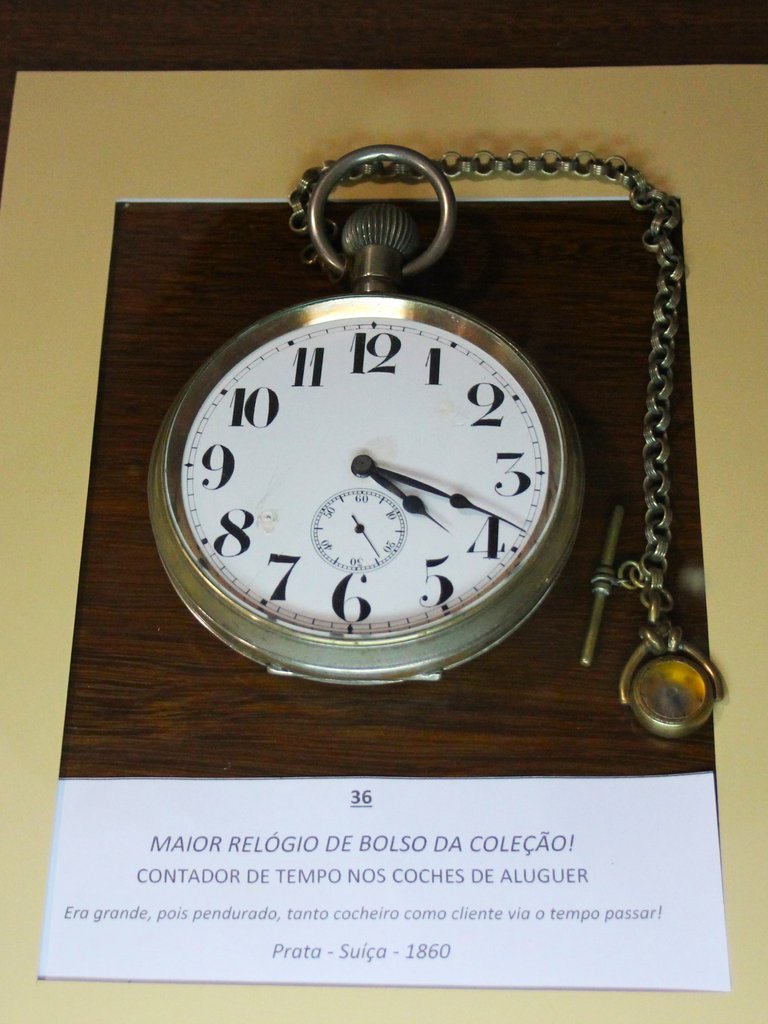
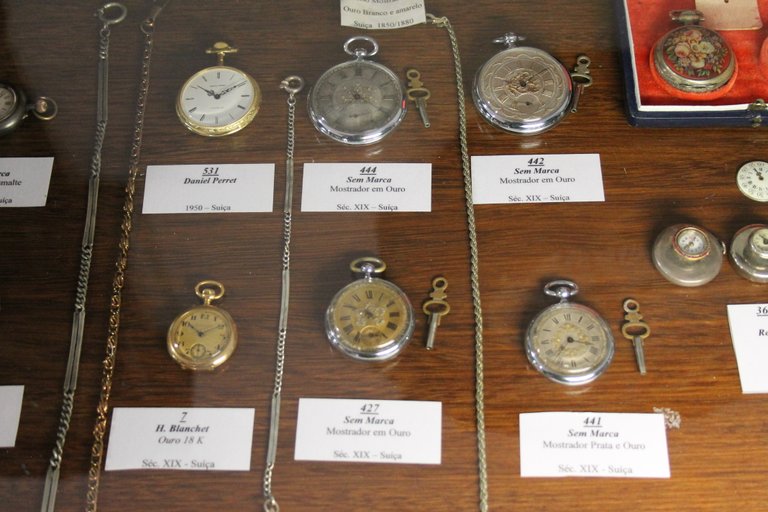
After clocks that used the sun, sand and water in the 16th century, a person named Christian Huygens did a study based on time by reading the essays of Galileo Galilei and built the famous pendulum clock that today is known as "cuckoo" clocks, these until the end of the 16th century would be the most accurate clocks on the market built with a single margin of error of five minutes per day⏰👨🏫🚩
Posterior a los relojes que usaban el sol, la arena y el agua en el siglo XVI una persona llamada Christian Huygens hizo un estudio en base al tiempo leyendo los ensayos de Galileo Galilei y construyo el famoso reloj de pendulo que hoy en dia son conocidos como relojes "cucu", estos hasta finales del siglo 16 serian los relojes en el mercado mas exactos construidos con un unico margen de error de cinco minutos por dia🧭📚👨🕵️♀️


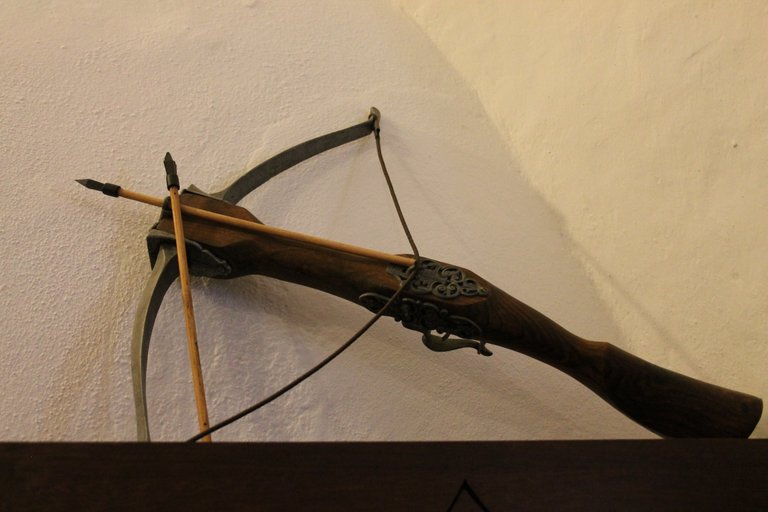
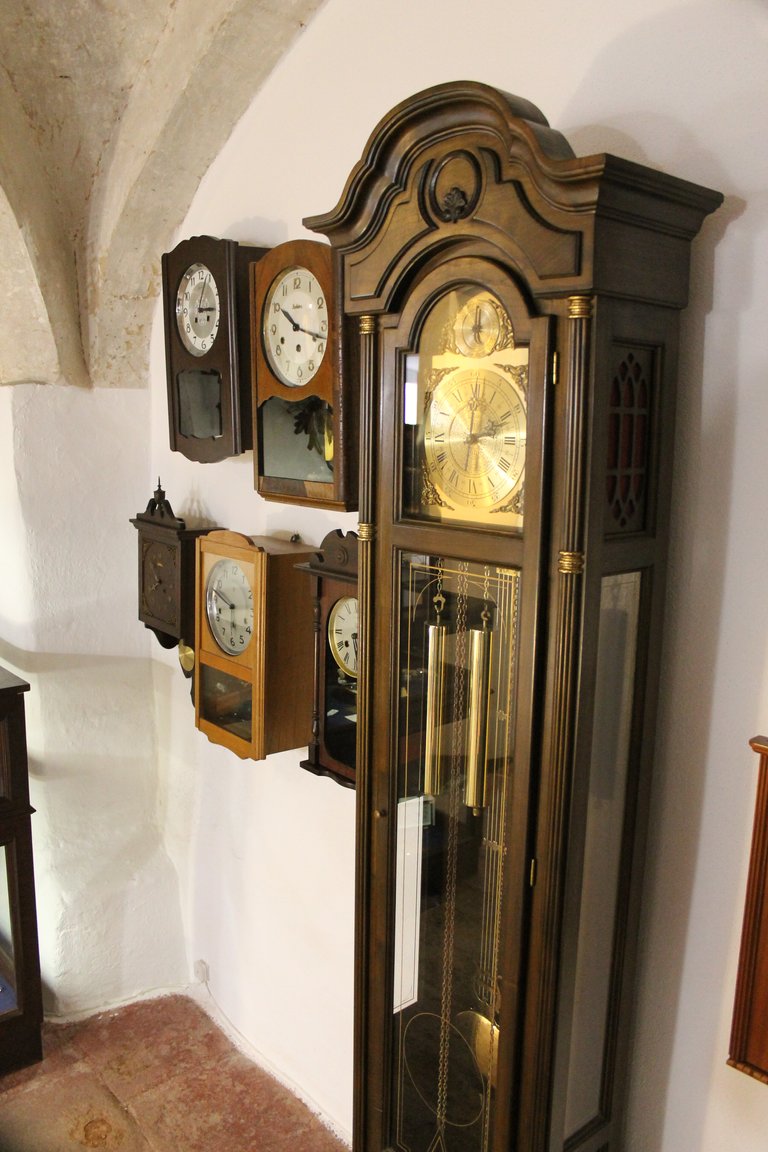
In the year 1524 the first pocket watch was created and was built by "Peter Henlein" this would be one of the most popular watches of all time and it was so expensive that only the rich could purchase one! At this point, social distinction was creating a dogma where not all people could acquire certain objects, in reality today we all need a watch to be able to accompany our routines, we use the time for everything and currently many watches can only be purchased by rich people, let's say that the tradition is still maintained! Only the rich can wear gold watches with diamonds!📚🧭
En el año 1524 se creo el primer reloj de bolsillo y fue construido por "Peter Henlein" este seria uno de los relojes mas populares de todos los tiempos y era tan costoso que solo los ricos podian adquirir uno! en esta altura la distincion social iba creando un dogma donde no todas las personas podian adquirir ciertos objetos, en realidad en la actualidad todos necesitamos de un reloj para poder acompañar nuestras rutinas, usamos la hora para todo y actualmente muchos relojes solo pueden ser comprados por personas ricas, digamos que aun se mantiene la tradicion! solo los ricos pueden usar relojes de oro con diamantes!⏰👨🏫

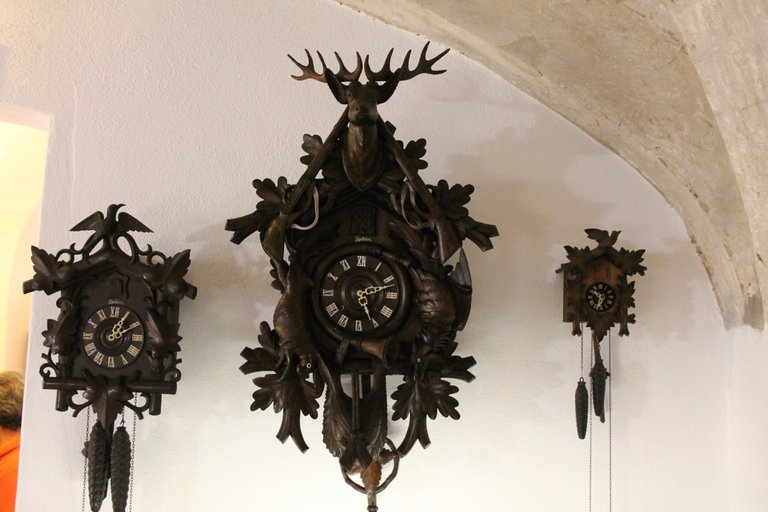
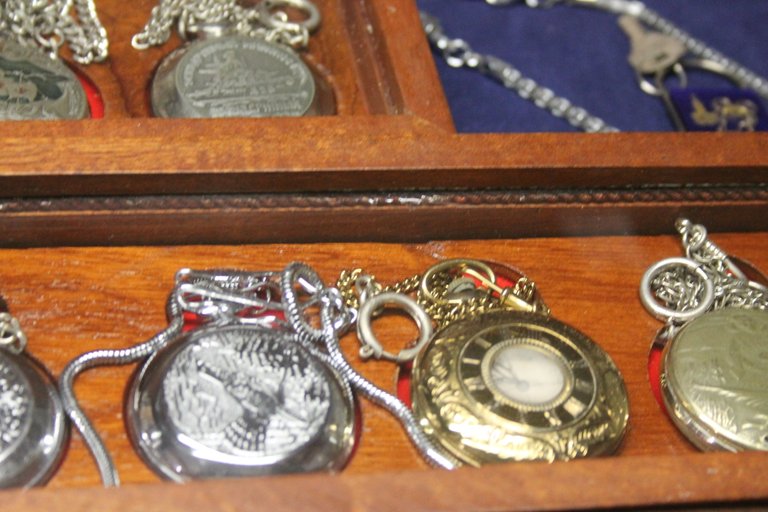
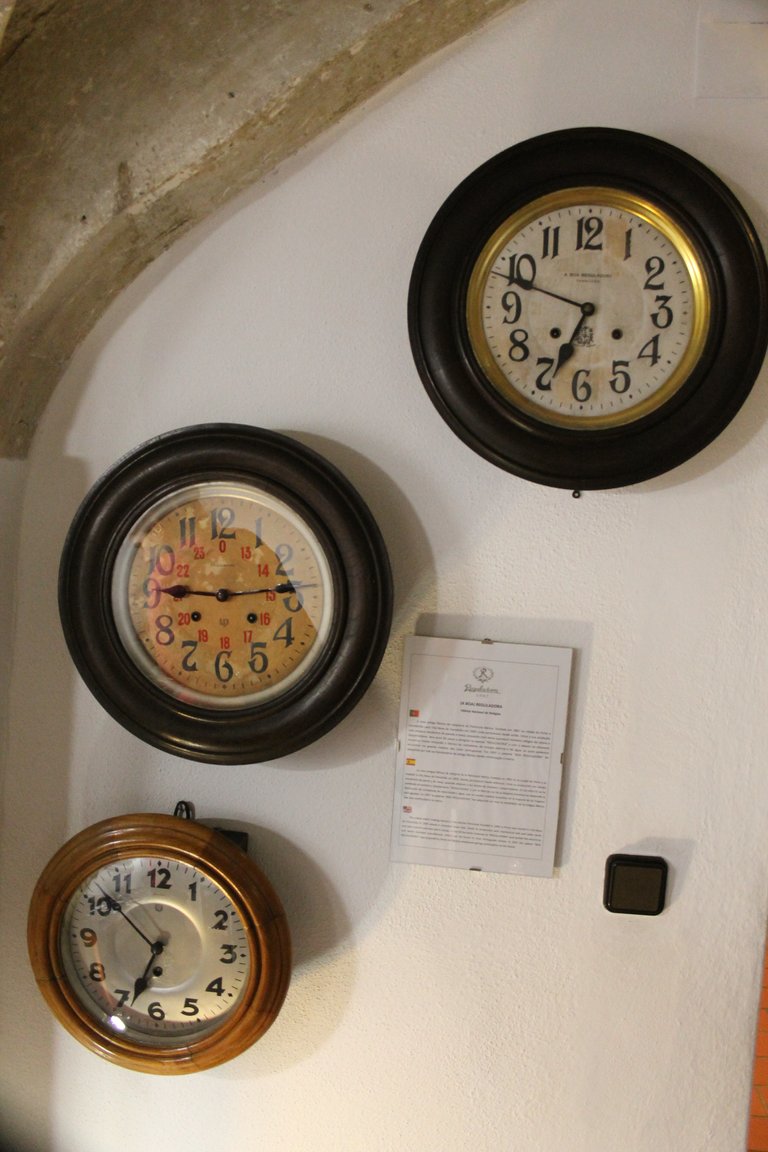
watches of various materials🧭⏰🙇♂️
Currently there are watches built with all possible materials, from plastic to metal to precious stones until now the most expensive watch sold in the history of humanity was a wristwatch with hundreds of diamond stones valued at 55 million dollars! Depending on the material, the quality of the watch is determined, however there are very elaborate carved wood watches that can cost a fortune.👀📚
Actualmente hay relojes construidos con todos los materiales posibles, desde plastico hasta metal pasando por piedras preciosas hasta ahora el reloj mas caro vendido en la historia de la humanidad fue un reloj de pulsera con cientos de piedras de diamantes valorado en 55millones de dolares! dependiendo del material se determina la calidad del reloj sin embargo hay relojes tallados en madera muy elaborados que pueden costar una fortuna👀🙇♂️
https://tienda.montepiedad.com.mx/blogs/blog/historia-del-reloj

The fashion of a century🙇♂️⌚⏰⏱/ La moda de un siglo📚🧠
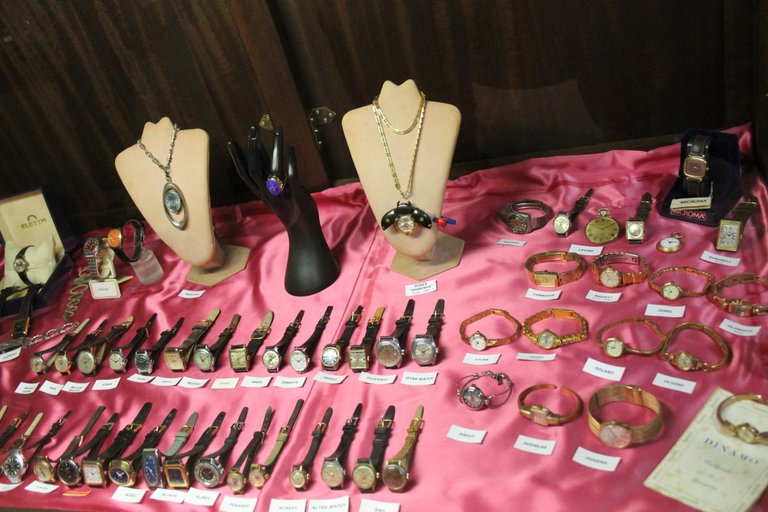
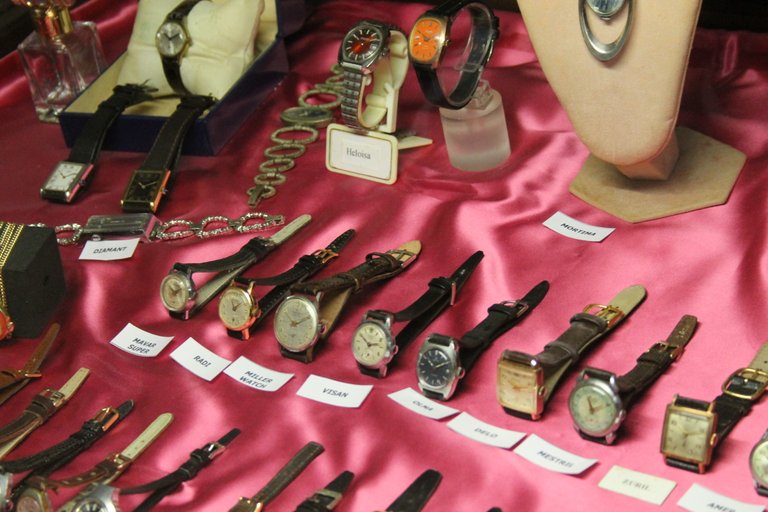
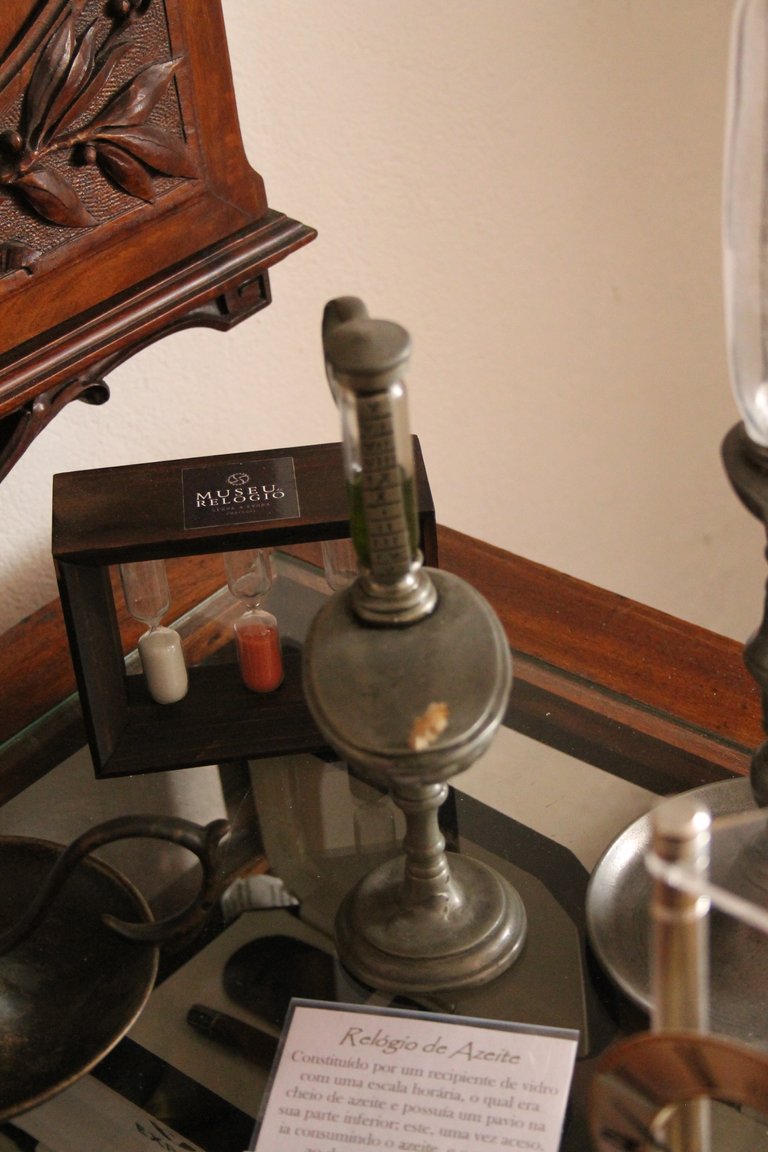
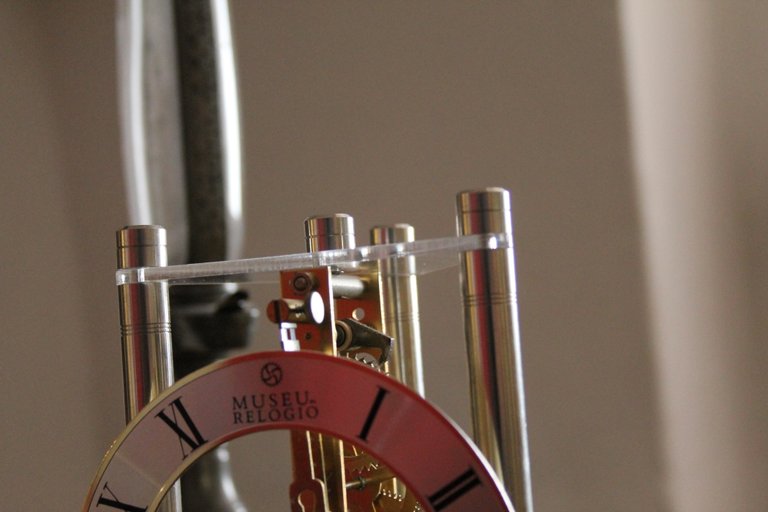

The first wristwatch known in history is one built by Abraham-Louis in 1802 which was commissioned by Queen Carolina Murat who was the brother of the great Napoleon, it was held on the woman's wrist by a strap! For a century, watch fashion highlighted the elegance and wealth of men with watches tied with a chain in the back pocket of their pants, while women placed their watches on their necks. Only at the end of the 19th century did they become popular. It became fashionable for women to wear wrist watches!⏰🧭👨🏫
el primer reloj de pulsera conocido en la historia se trata de un construido por Abraham-Louis en 1802 el cual fue encargado por la reina Carolina Murat quien era hermano del gran Napoleon, se sujetaba en la muñeca de la mujer por una correa! durante un siglo la moda de los relojes fueron destacando a la elegancia y riqueza de los hombres con lejores atados con una cadena en el bolsillo de atras del pantalon, mientras las mujeres se colocaban su reloj en sus cuellos solo a finales del XIX es que se conviertio de moda las mujeres usar relojes de pulsera!🤴👸💎💎

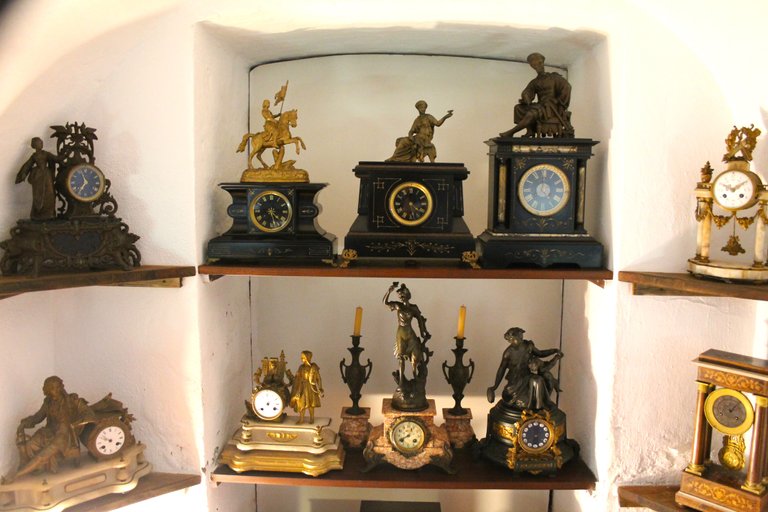


Watchmaker's trade🙇♂️⌚⏰⏱/Oficio de relojero📚🧠
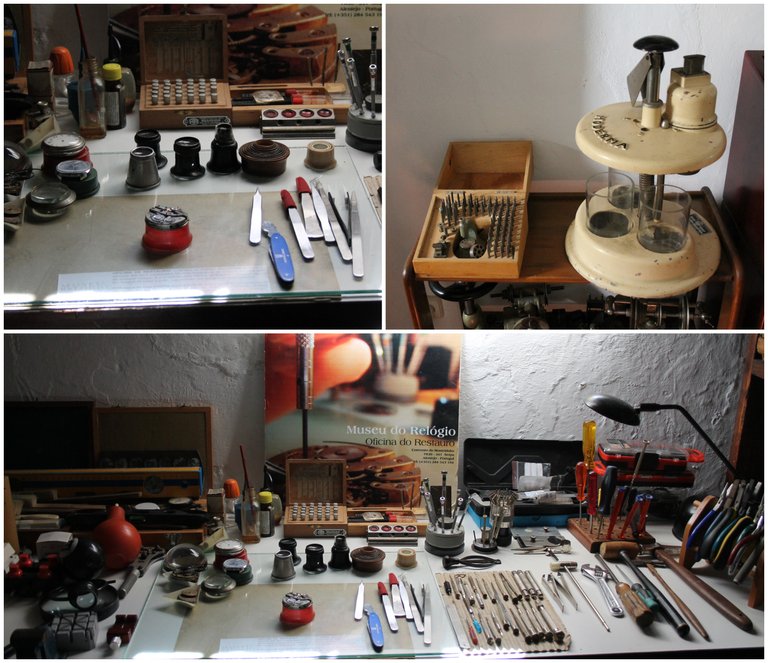
Since the 15th century, there was already the profession of watchmaker, who was sought after by the rich to create their personalized watches. It was a highly valued profession and knowledge was normally transmitted from generation to generation, and it was a very difficult practice that required years of experience today. Today it still continues to be a well-paid job.🧭🧠⏱
Desde el siglo XV ya existia el oficio de relojero quienes eran buscados por los ricos para crear sus relojes personalizados, era un oficio muy cotizado y normalmente el conocimiento se trasmitia de generacion en generacion, y era una practica muy dificil que requeria años de experiencia hoy en dia aun continua a ser un oficio bien pagado.🧭🧠
https://tienda.montepiedad.com.mx/blogs/blog/historia-del-reloj



DNA is an organization to foster and DENSIFY NATURE-APPRECIATION which aims to establish REPORTS OF BIODIVERSITY DATA that is contributed by all of us Hiveans and subsequently cataloged.
Therefore DNA searches for HIGH-QUALITY posts that aim to DESCRIBE and determine the BIODIVERSITY AROUND YOU with added EXPLANATIONS and INFORMATION. For these informative posts they offer a CURATION SERVICE using the @dna.org account. It is also a CURATION TRAIL. Just add the #dna TAG if you think that any of your posts is what they are looking for.
THANKS FOR READING ME (PHOTOS, OF MY PROPERTY) / GRACIAS POR LEERME FOTOS DE MI PROPIEDAD🙂🧠🦾👍





































Congratulations, your post has been added to Pinmapple! 🎉🥳🍍
Did you know you have your own profile map?
And every post has their own map too!
Want to have your post on the map too?
Thanks for your contribution to the STEMsocial community. Feel free to join us on discord to get to know the rest of us!
Please consider delegating to the @stemsocial account (85% of the curation rewards are returned).
You may also include @stemsocial as a beneficiary of the rewards of this post to get a stronger support.
Congratulations @biologistbrito! You have completed the following achievement on the Hive blockchain And have been rewarded with New badge(s)
Your next target is to reach 45000 upvotes.
You can view your badges on your board and compare yourself to others in the Ranking
If you no longer want to receive notifications, reply to this comment with the word
STOPCheck out our last posts:
Post manually reviewed. 😊
Yay! 🤗
Your content has been boosted with Ecency Points, by @biologistbrito.
Use Ecency daily to boost your growth on platform!
Support Ecency
Vote for new Proposal
Delegate HP and earn more
¡Felicitaciones!
1. Invierte en el PROYECTO ENTROPÍA y recibe ganancias semanalmente. Entra aquí para más información.
3. Suscríbete a nuestra COMUNIDAD, apoya al trail de @Entropia y así podrás ganar recompensas de curación de forma automática. Entra aquí para más información sobre nuestro trail.
4. Creación de cuentas nuevas de Hive aquí.
5. Visita nuestro canal de Youtube.
Atentamente
El equipo de curación del PROYECTO ENTROPÍA